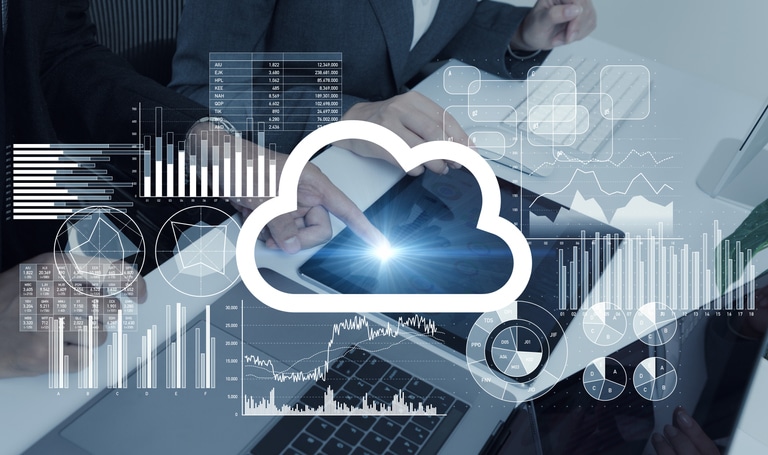How Do I Choose a Cloud Computing Model?

How Do I Choose a Cloud Computing Model?
No matter what your company or organization specializes in, it’s sure that you have some form or forms of data that needs to be stored, well, somewhere.
Before the invention of cloud computing, most company data was always stored on-site — that is, in the hard drives at a place of business. Additionally, some businesses may have had data stored on remotely-located hard drives or discs; but the majority of data was “in the building.”
Naturally, you can see how this would be dangerous — both for you as a business owner and your clients, customers, and investors. Sensitive data such as customer specs or financial information could be easily stolen, corrupted, lost because of a computer glitch, or even destroyed in a fire.
Today, with the advent of cloud computing. The bulk of these worries are gone. Nearly all major companies, organizations, governments, and many individuals use the cloud.
What is the cloud and what is “cloud computing”?
The first thing to know about “the cloud” is that it’s not a physical thing like a computer or a hard drive. Instead, this term refers to a virtual space or a select part of the Internet — the part that stores data.
Just as you can surf the web from anywhere in the world as long as you have an Internet connection, you can also access the cloud from anywhere in the world — plus whatever you store there. Again, you simply need an Internet connection. In this way, many people simply define the “cloud” as a metaphor for the Internet.
“Cloud computing” is the generally recognized term for all computing actions done in or via the cloud. Therefore, cloud computing refers to cloud-based data storage, but it also means cloud-based:
- Data management
- Content delivery
- Access to applications and software
- Delivery of services
Should your business be using cloud computing?
Before we dive into how to choose a cloud computing method, let’s talk about why you should be using cloud computing — and you absolutely should be.
Cloud computing provides numerous benefits that old-fashioned computing methods just can’t live up to. Specifically, cloud computing provides:
- Mobility and Efficiency: You can work on the cloud from anywhere. Allow your employees, customers, clients, and investors to access the best that your company has to offer, without worrying about weighing down the system or collapsing your infrastructure.
- Ultimate Security: The cloud provides the best security available when it comes to storing your sensitive data. Even when hardware and equipment fails, you know your data will be stored safely and backed up.
- Scalability and Flexibility: With non-cloud computing solutions, you must anticipate the extent to which you’ll use your storage space and other computing needs beforehand. Cloud computing allows you to scale your cloud services up or down, based on your unique needs.
- Strategic Value: Cloud computing methods are always updated with the latest software and the newest tech. This gives your company a competitive edge. Plus, there’s no need to toss outdated technology or revamp your entire network, which would otherwise set your company timeline back significantly.
What method of cloud computing should my business use?
This depends on the organization’s specifications, needs, and goals. There are three basic methods of cloud computing to choose from.
Private Cloud Computing
This model of cloud computing provides dedicated use to your company’s data and systems over a private IT infrastructure. This is a good model to choose if you are particularly concerned about confidentiality and security. Only a trusted third-party or your company’s internal resources team should manage a private model of cloud computing, and you should only give access to those within your company.
Public Cloud Computing
This method of cloud computing allows your business’s resources (software, platforms, infrastructure) to be available to the general public. In some cases, these types of cloud computing models are offered to the public for free, but they may also be sold by a pay-per-usage model.
Hybrid Cloud Computing
As the name suggests, the hybrid cloud computing model blends a public cloud and a private cloud. The hybrid model is mostly by companies who need to operate both models, and thus, the two are integrated into one overarching system.
Resources in the cloud are easier to access, manage, and recover after an equipment malfunction. By switching your business to one of the cloud computing models outlined above, you’ll have a competitive edge and complete control of your company’s data and systems.


